Escalation in Syria: Deadliest Clashes Since Assad’s Fall
The new government sought to distance its forces from the apparent retaliatory attacks, acknowledging challenges in curbing such violence.
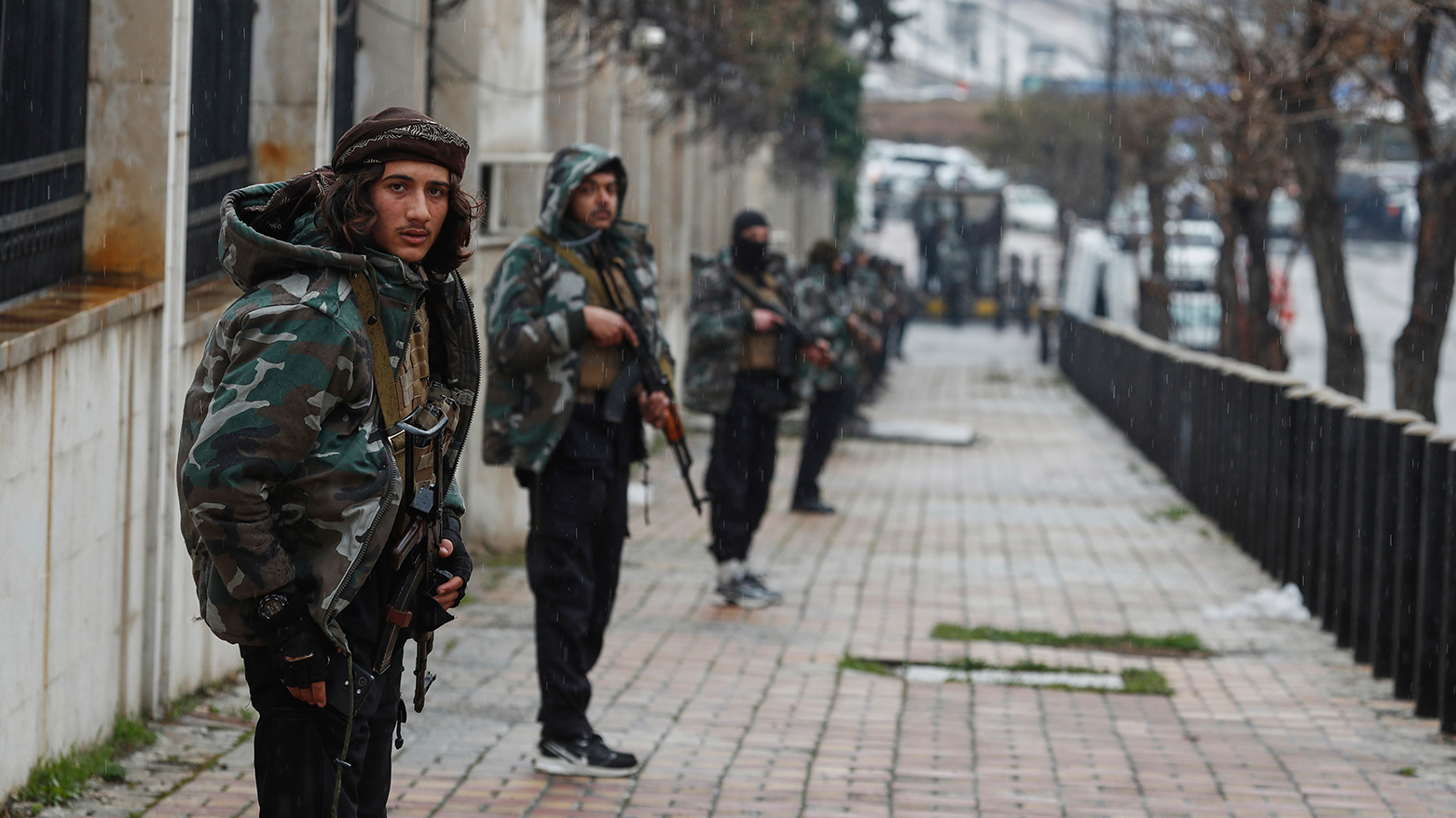
Erbil (Kurdistan24) – Fierce clashes between Syrian security forces and armed groups linked to the Alawite minority have left more than 240 victims in what has been described as the worst outbreak of violence since the fall of Bashar al-Assad’s regime in December 2024.
The clashes and retaliatory violence were concentrated in Syria’s coastal Latakia region, a stronghold of the Alawite sect, and spread into neighboring Homs and Tartus provinces—areas with mixed demographics that have witnessed intermittent sectarian violence in recent months.
Violence in Alawite Stronghold
As reported by The Washington Post, members of the Alawite community—historically aligned with Assad—have expressed growing concern over what they describe as widespread acts of revenge. The clashes, which intensified on Thursday and Friday, saw Alawite militias launch coordinated attacks against security forces affiliated with the new government, leading to sweeping military operations across the region.
An Alawite leader, speaking to Washington Post, stated that over 100 people were killed in Latakia province alone. In response, Syrian interim president Ahmad al-Sharaa accused former regime loyalists of attempting to "test" the new Syria, while government forces moved to "restore order."
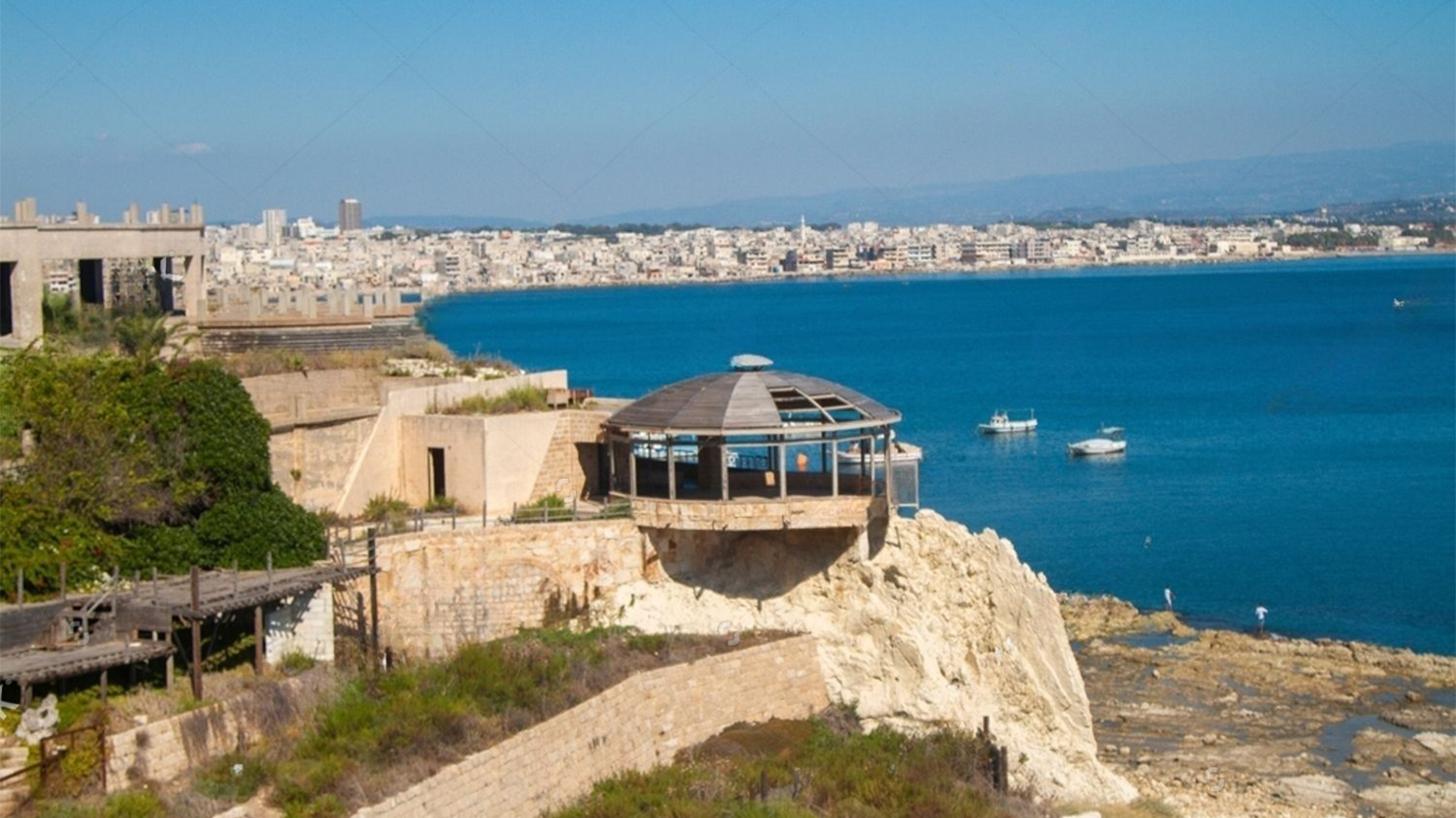
Sectarian Tensions and Retaliatory Killings
Syria’s interim leader, Ahmed al-Sharaa, stated that forces loyal to the former regime had attempted to "test" the resolve of the new Syria, praising government forces for fighting with "honor." In response to the surge in violence, which included an attack on a convoy of Syrian security forces, officials announced that government troops were conducting extensive operations in coastal regions.
A series of unverified videos circulating online, allegedly depicting killings in Alawite areas, have inflamed sectarian tensions. Among these, two videos from the small Alawite village of Al-Mukhtariyya showed at least 27 bodies lying on the ground. At least five victims were fully or partially stripped to their underwear, while others were barefoot or in socks, lying face down in blood-stained dirt. “My husband, oh God!” one woman was heard screaming in anguish. Additional videos, also unverified, appeared to show men being executed or forced to crawl on the ground and bark like dogs.
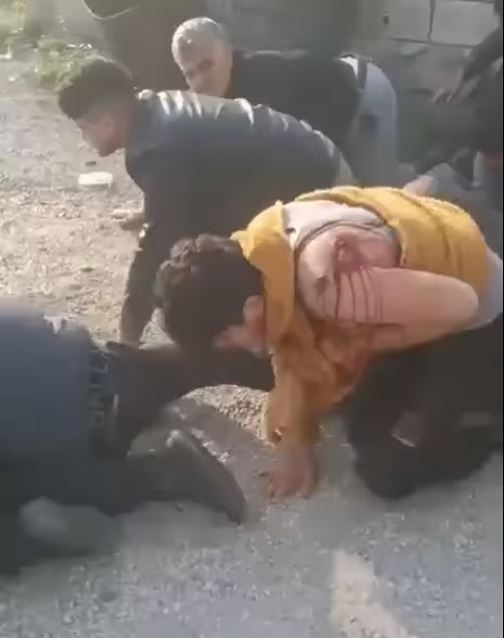
Syrian officials did not respond to requests for comment. However, the new government sought to distance its forces from the apparent retaliatory attacks, acknowledging challenges in curbing such violence. An Interior Ministry official, speaking to the state news agency, attributed the unrest to "large unorganized popular crowds" that had moved toward the coast and committed "violations," which the state is working to prevent.
Since Assad’s ouster, al-Sharaa—formerly known by Abu Mohammed al-Jolani, has worked to prevent sectarian violence in a country still recovering from 14 years of civil war. While Damascus has remained relatively calm, killings have persisted in areas outside the capital.
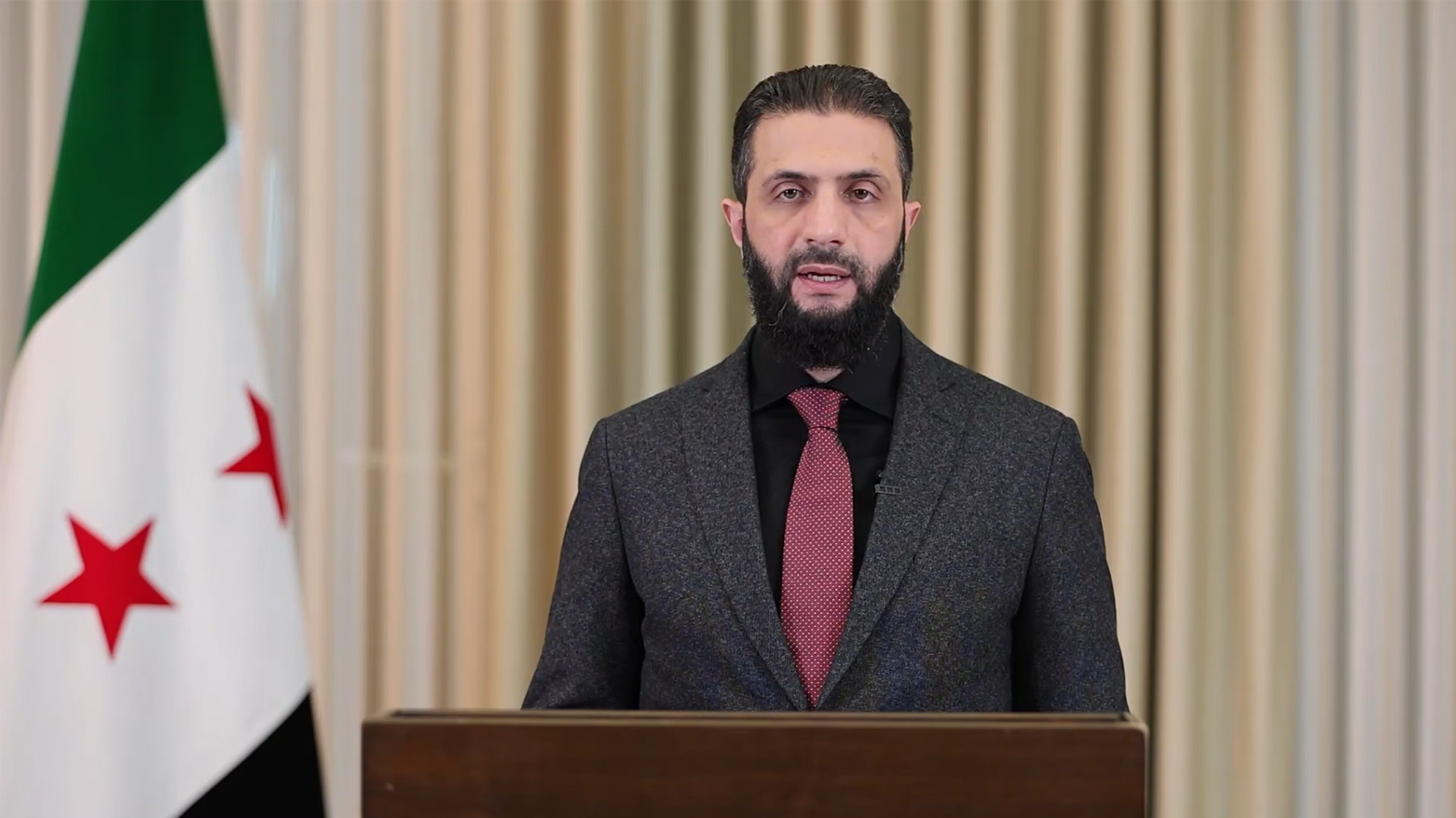
Alawite community leaders described the recent unrest as a result of sectarian oppression, citing abductions of Alawites and widespread dismissals of sect members from government positions.
Some in the community had taken up arms in response to the discrimination and violence they have faced since the new government took power, these leaders said.
“They kidnapped; they killed; they humiliated; they kicked people out of jobs,” said one Alawite writer, who spoke on the condition of anonymity for security reasons and said his home was shaking from tank fire. “One way or another, this was going to happen.”
Residents said the violence began with killings of Alawite civilians in the Daartur area of Latakia.
Government’s Military Response
On Thursday evening, a convoy of security forces aligned with the new government was ambushed in the village of Beit Ana, the hometown of Suhail al-Hassan, a former commander of Syria’s special forces under Assad’s regime. An Alawite leader claimed the attack was provoked by the security forces, who allegedly used racist slurs. He added that local leaders had attempted to de-escalate tensions by reaching out to government political and security officials but received no response.
The ambush on the convoy intensified the violence, sparking a wave of revenge killings and retaliatory acts, according to residents.
Col. Hassan Abdul Ghani, a spokesman for the Syrian Defense Ministry, stated that military forces had made “rapid field progress” and restored control following what he described as “treacherous” attacks. “We warn again of the dire consequences of continuing treachery, and we confirm that anyone who refuses to hand over their weapons to the state will face a decisive response without leniency,” he said in a statement. “Those who bet on chaos have not yet realized that the era of tyranny has ended.”
A video circulating online on Friday appeared to show an indiscriminate response by government forces. In the footage, a men is seen pushing two unexploded munitions from a helicopter flying over Latakia province. According to Trevor Ball, a former U.S. Army explosive ordnance disposal technician, the munitions resemble Russian RGB-25 depth charges, typically used to destroy submarines. Ball noted that the munitions would likely explode upon impact with the ground or water, though the video did not reveal where they landed.
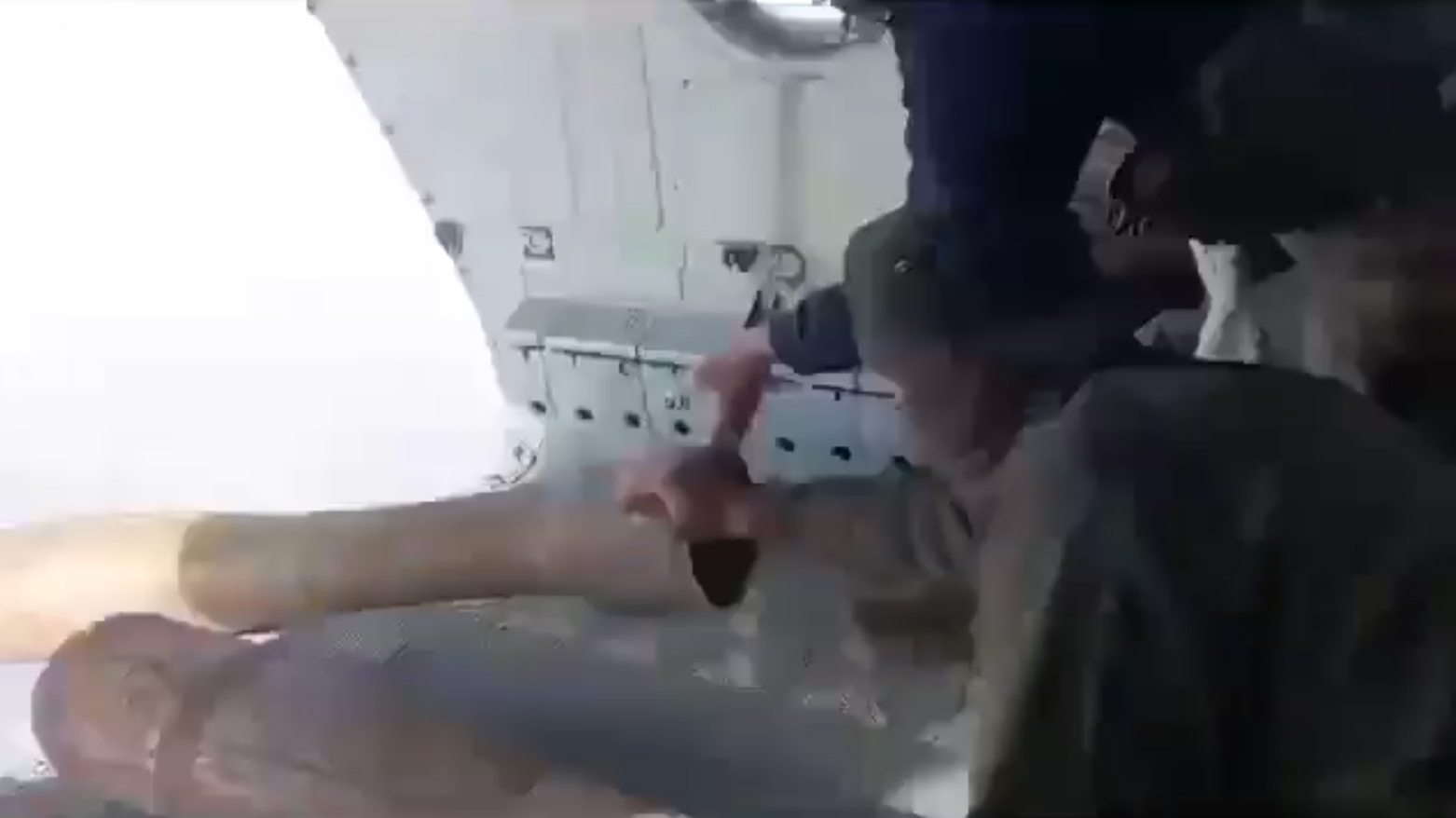
In Jableh, a coastal town previously marked by violence, government security forces conducted house-to-house operations, residents reported. “We’ve locked the door. There’s artillery and shooting,” said a 32-year-old Jableh resident in a phone interview, speaking anonymously for safety reasons. “Listen, do you hear it?” he added as gunfire echoed in the background.
While several villages remained outside state control by Friday morning, Alawite forces were reportedly outgunned. “All these villages are resisting,” said an Alawite writer. “But our people only have Kalashnikovs,” he added. “The outcome of this fight is clear: Our people will lose.” He also noted, “There are bodies in the streets. There is no time to bury them.”
Regional and International Reactions
Thousands of families sought refuge at the Russian air base in Hmeimim, Latakia province, sharing images of the crowded site. Russia, a key ally of Assad’s regime, is currently negotiating the future of its military bases in Syria with the new government. When asked about the fighting and potential threats to Russian troops, Kremlin spokesman Dmitry Peskov stated that “the necessary security of our servicemen in Syria is provided at the proper level” but declined to elaborate further.
Turkey, a neighbor and key supporter of Sharaa’s government, expressed concern over the escalating violence. “At this critical juncture, the tension in and around Latakia, as well as the targeting of security forces, could undermine efforts to lead Syria into the future in unity and solidarity,” wrote Oncu Keceli, a spokesman for the Turkish Foreign Ministry, in a post on X. “Such provocations must not be allowed to become a threat to peace in Syria and the region,” he added.
